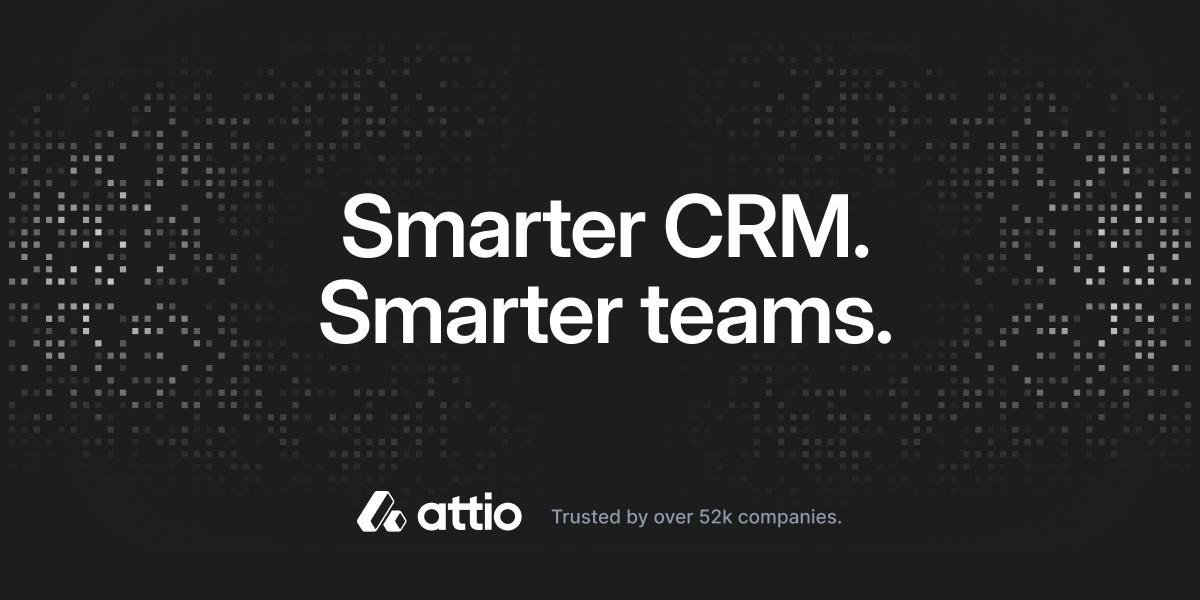I've been tracking my emotional states for the past month.
The data surprised me. I spend 73% of my workday in what I call "yellow." That's the state where you're functional but tense. Jaw clenched. Shoulders tight. One bad email from losing it.
I thought this was normal. It's not.
The executives who seem calm under pressure aren't naturally different. They've built systems. They have protocols for when their brain overheats.
For the past year, I've treated my anxiety like a growth problem. Test, measure, iterate. Same approach I use at work.
I found four tools that actually help. Not meditation apps or breathing exercises. Real interventions that work in the middle of a crisis.
This week I'm sharing what I learned. Including why trying to eliminate anxiety makes it worse.
Let’s dive in!

📊 Worth Your Attention
Book: Shift by Ethan Kross
Finally, someone who explains emotional regulation without the woo-woo. Kross breaks down the science of why we get stuck in mental loops and—more importantly—how to break them. The chapter on "distanced self-talk" alone is worth the price. If you've ever wondered why talking to yourself in third person actually works, this explains the neuroscience.
Essay: George Mack's High Agency framework
I revisit this monthly. It's that good. Mack's core insight: Most people accept their environment as fixed. High agency people treat everything as negotiable. The mental shift from "this is how things are" to "this is one possible configuration" changes everything. Bookmark it: highagency.com
Podcast: Lex Fridman with Jack Weatherford on Genghis Khan
Three hours on the Mongol Empire might sound excessive. It's not. Weatherford explains how Genghis Khan built the world's first meritocracy—no inherited titles, only competence mattered. Plus, the discussion on how trauma shaped Khan's leadership style hits differently when you're managing your own demons.
🎯 Featured Resource
Finally, a powerful CRM—made simple.
Attio is the AI-native CRM built to scale your company from seed stage to category leader. Powerful, flexible, and intuitive to use, Attio is the CRM for the next-generation of teams.
Sync your email and calendar, and Attio instantly builds your CRM—enriching every company, contact, and interaction with actionable insights in seconds.
With Attio, AI isn’t just a feature—it’s the foundation.
Instantly find and route leads with research agents
Get real-time AI insights during customer conversations
Build AI automations for your most complex workflows
Join fast growing teams like Flatfile, Replicate, Modal, and more.
💡 The Main Event

Why Your Emotions Are Just Badly Debugged Code
I spent an afternoon listing everything that triggered my anxiety.
I was surprised to learn that there's a pattern—the same three situations, repeating endlessly.
Here's what happened:
Every panic attack followed the exact same sequence. Yellow flags I ignored. Red zones I pretended didn't exist. The tragedy: I had frameworks for everything else—growth metrics, user acquisition, product-market fit—but my emotional life was running on autopilot.
So I did what any growth marketer would do. I built a system.
The Traffic Light Framework
Think about how you debug code. You need error states.
Green: Baseline. You're functioning normally.
Yellow: Warning signs. Shoulders tense. Thoughts racing. Most executives live here permanently, thinking it's "just stress."
Red: System crash. Full panic. Decision-making offline.
Here's the thing: You can't fix what you don't measure.
Once I mapped my states, I discovered I spent 73% of my day in yellow. That's not sustainable. That's a system screaming for optimisation.
The Intervention Toolkit
When you hit yellow, you need immediate interventions. Not tomorrow. Not after the meeting. Now.
The Waterfall Technique: Imagine anxiety as a waterfall crashing on you. Step back. Now you're watching the waterfall, not drowning in it. 30 seconds. It's that simple.
Why does this work? Because anxiety is attention. When you redirect attention from experiencing to observing, you break the loop.
The same principle applies to third-person visualisation. Watch yourself from outside your body. You become the debugger, not the bug.
Here's what most people get wrong:
They think emotional regulation means eliminating negative emotions. That's like trying to write code without error handling.
The goal isn't zero anxiety. It's building multiple recovery protocols so when one fails, another kicks in.
You wouldn't deploy production code with a single error handler. Why run your life that way?
🚀 Before You Go
Quick poll—I'm curious where you spend most of your day:
What's your default emotional state at work?
Also, if you tracked your emotional states for one day, what pattern would emerge? Try it. The data might surprise you.
Next week: I'm deconstructing the cognitive distortion that kills more careers than any recession—catastrophising. And why your brain's prediction engine is usually wrong.
—Marcel
P.S. If this resonated, forward it to one person who lives in yellow. They need to know it's not normal.


